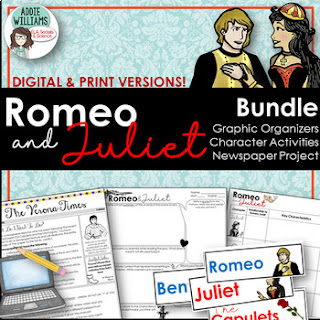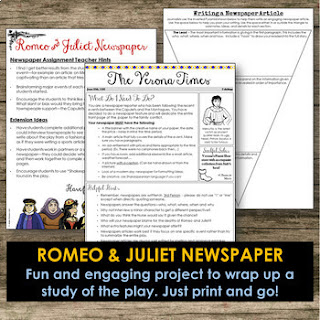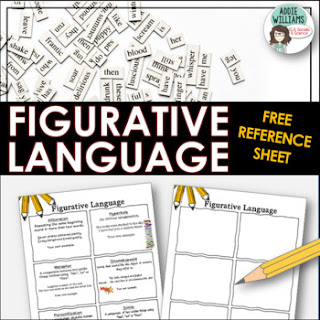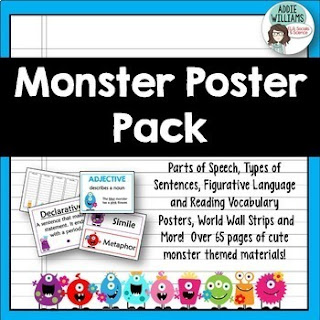Teaching writing can be one of the most challenging aspects of language arts. Between sentence structure to organization, there are so many elements to include. This is the case whether students write a single paragraph or an entire essay. On top of this, every student is at a different spot on their journey to becoming a writer. So, teachers have the stressful task of organizing the writing process into student-friendly steps. Thankfully, teaching persuasive writing, narratives, expository, and descriptive writing will be easier than ever with the guides below! All students will show so much growth in their skills with these resources!
Persuasive Writing
When students try to persuade, they will often need help to develop an argument explaining why. Many times, they will say, “Just because” or “I don’t know. I just think that.” So, it is incredibly important to help them come up with reasons to support their opinion. Thankfully, teaching persuasive writing will be easier than ever with this resource!
Ultimately, activities lead students through the process of writing a persuasive paragraph. The resource begins at the planning stages with worksheets based on a student-favorite topic of bringing cell phones to class. However, there is also an open-ended planning page that allows students to select their own topic. Then, students will progress to brainstorming, organizing their thoughts using the PEE (Point-Evidence-Explain) format, and an essay outline. After planning and writing, students will work on peer-editing and self-editing before creating the perfect final piece. There are even self-evaluations and grading rubrics!
Thankfully, this resource helps students build the confidence to write a full persuasive/argumentative essay!
Printable Writing Pack
There are so many types of writing for students to learn! Thankfully, this writing pack has it all. So, whether you are teaching persuasive writing or creative writing, this has everything you need.
Specifically, there are over 60 pages to help students learn different writing styles! This includes descriptive, persuasive, and narrative. Additionally, it teaches students newspaper writing in tabloid and expository styles. All resources quickly adapt to different ages and abilities to ensure this product fits all classrooms.
There are activities, graphic organizers, brainstorming sheets, and templates to guide students through each type of writing. Furthermore, there are mentor texts, self-assessment rubrics, peer editing activities, and grading rubrics. Students will love the support this resource provides as they work on becoming strong writers!
Digital Writing Pack
Just like the above printable writing pack, the digital version has everything students need while working on writing!
It covers persuasive, narrative, descriptive, and expository writing. Students will learn about each style through 54 included slides. There are even activities, graphic organizers, and templates to support all ages and abilities.
Since grading writing takes a lot of time, there are rubrics and peer assessments.
Whether you are new to teaching writing or a veteran, every year presents different challenges. This is because you have a new set of writers with unique skills and knowledge! Thankfully, these resources are perfect whether you teach persuasive writing or a different style. All of the graphic organizers and templates will ensure students learn to organize their thoughts and arguments into paragraphs.
If you do not want to miss any of the upcoming lessons, join my email list to be notified of all the interactive lessons coming up! By joining the email list, you will also receive freebies for blog exclusive subscribers!















.jpg)








